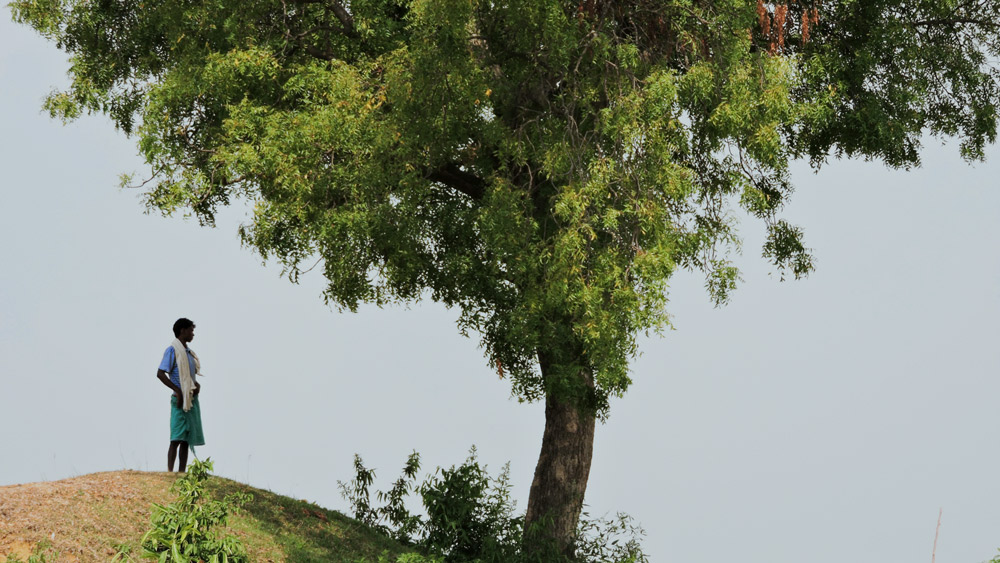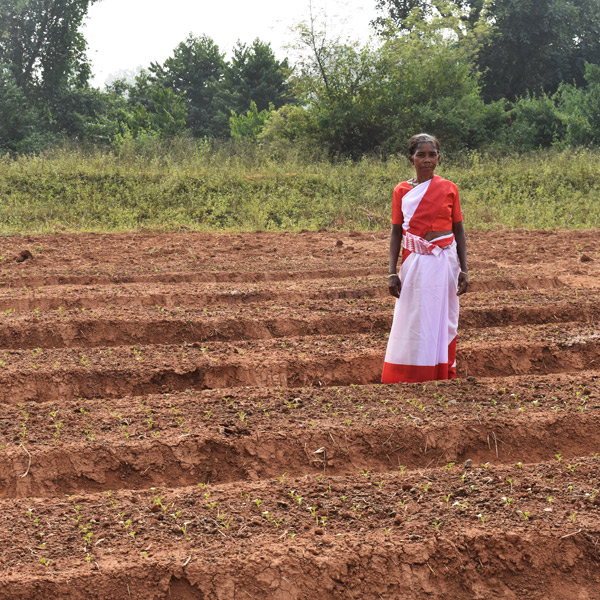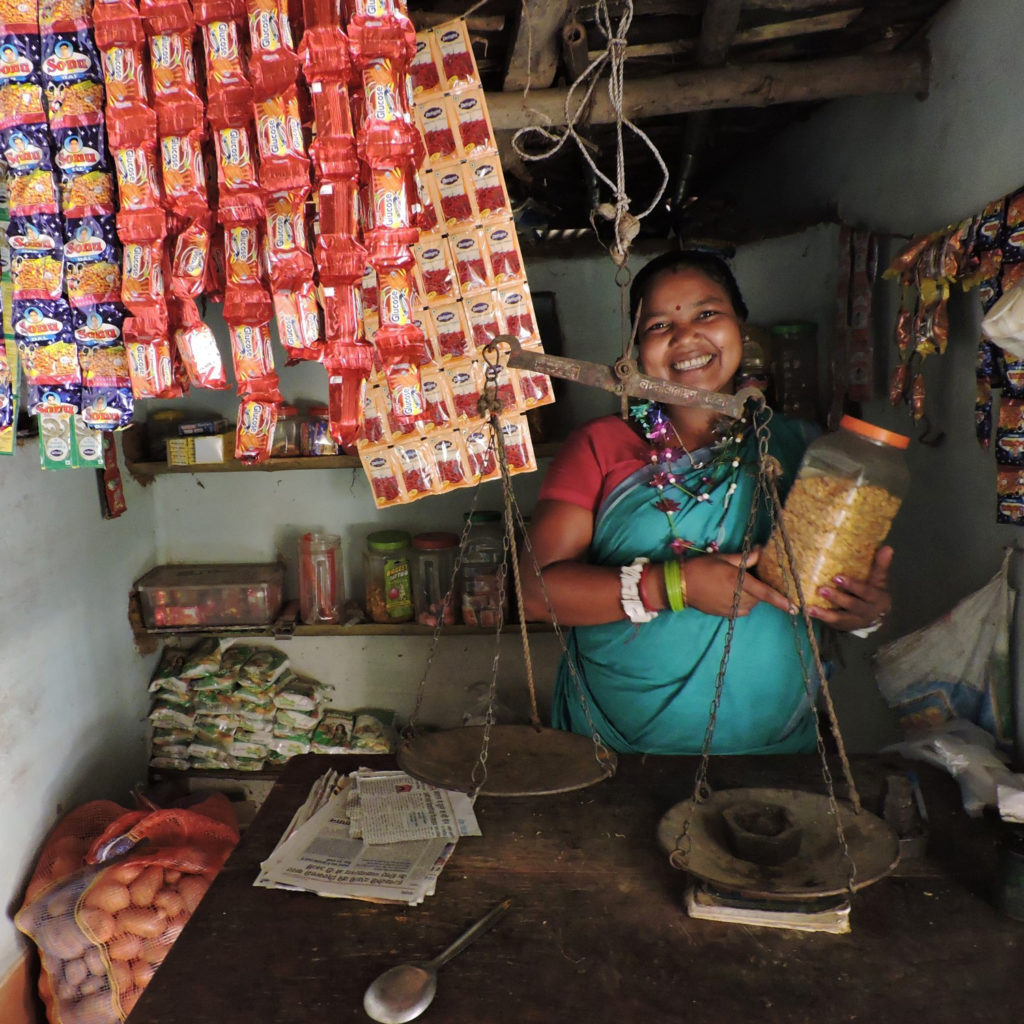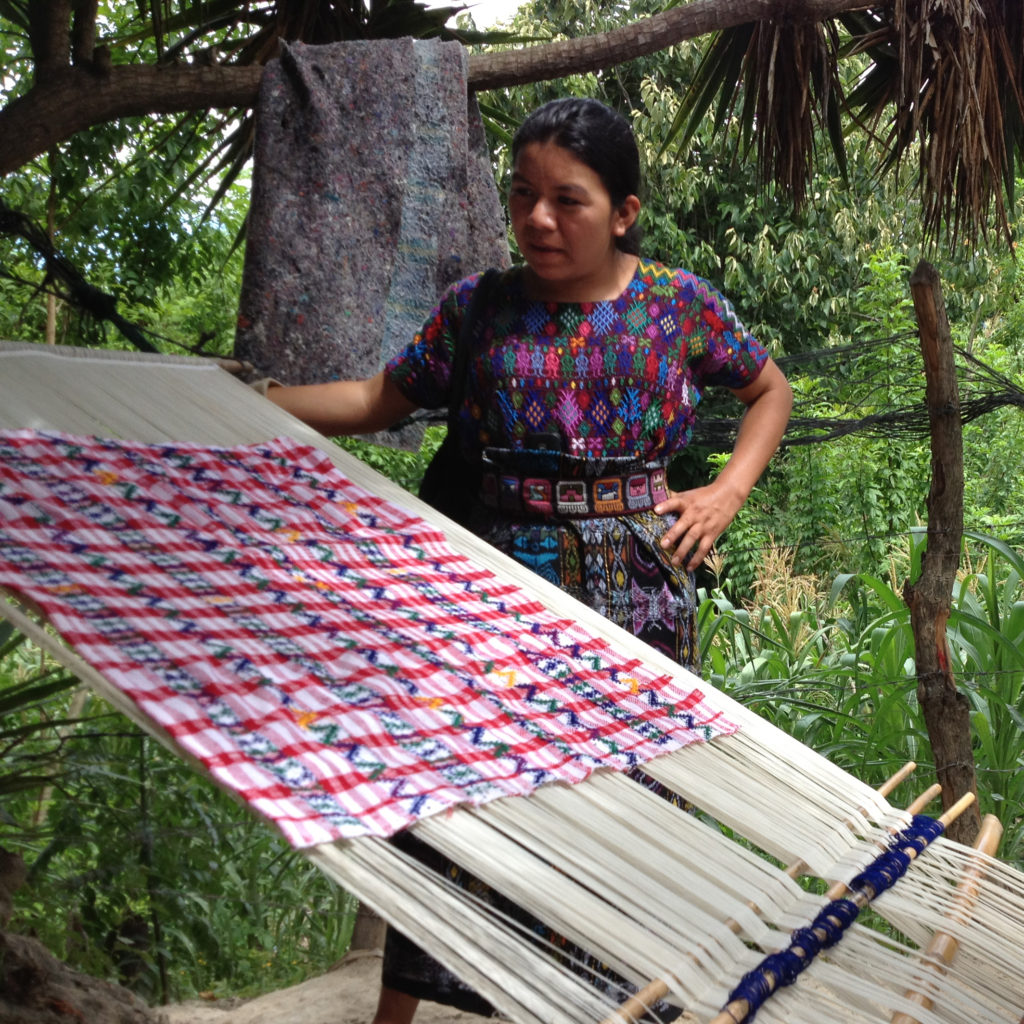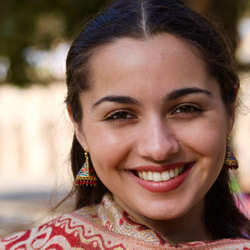In early 2019, two cyclones ravaged Mozambique, Malawi, Zimbabwe, India, and Bangladesh—all of which are countries where Trickle Up works that are home to large numbers of the extreme poor.
The toll of the cyclones was high. In Mozambique, Cyclone Idai caused at least 1,000 fatalities and displaced over 100,000 people in a region already dealing with a refugee crisis. In India and Bangladesh, Cyclone Fani damaged nearly 190,000 homes and led to the evacuation of 2.6 million people. The worst-affected Indian state, Odisha, is home to 14 million people living in extreme poverty, including several thousand Trickle Up participants and their families.
“Every week brings a new example of climate-related devastation. No country or community is immune. And, as is always the case, the poor and vulnerable are the first to suffer and the worst hit,” said United Nations Secretary General António Guterres addressing Cyclone Idai in March 2019.
Although there are no reports that Trickle Up participants were directly in harm’s way of the cyclones, the damaging effects of the global climate crisis are occurring more regularly and the extreme poor are most often at risk of its devastating consequences.
It is time to recognize the linkages between poverty and climate change.
Odisha and West Bengal, two Indian states where Trickle Up works, are ever more prone to flooding and falling below sea-level. Drought and unpredictable rains in Guatemala and Burkina Faso continue to hinder farming and impact food security. Extreme weather is destroying communities and adding to the record numbers of displaced people globally. Since 2017, UNHCR estimates that 16-18 million people become internally displaced every year due to disaster, which is in addition to refugees (displaced people who cross borders).
Most of the world’s poor use a fraction of the resources that people in developed countries use, as evidenced by their ecological footprints. Your personal ecological footprint is the number of planet Earths that would be required if every person in the world used the same amount of resources as you do. The average American uses nearly five “Earths” of resources as compared to the average person living in the developing world who uses less than one Earth. This disparity in resource-use urges us to view climate change through a lens of proportionality and justice, as the people using the fewest resources are those who experience the first and most severe impacts of climate change. This is because the extreme poor often derive their livelihoods from natural resources such as oceans, rivers, forests, and farmland that can be upended by drought, floods, heatwaves, and catastrophically destructive storms like those recently seen in India and Mozambique. More insidious and yet just as harmful are changes in seasonality, such as less rainfall during the rainy season or rainfall at unexpected times of year, both of which are linked to desertification. We are therefore experiencing climate change at two levels: acute crisis and gradual trends.
Climate factors complicate Trickle Up’s work in economically empowering the extreme poor. For example, many of our participants use part of their seed capital grant to invest in livestock such as goats or chickens. However, climatic issues such as drought can make it hard to properly feed these livestock, putting our participants’ investments and livelihoods at risk. At the institutional level, we face challenges of disputes between local actors (e.g. farmers and fishermen vs. corporations), lack of support or regulation, and emphasis on short-term solutions that create more issues down the line. Finally, at the organizational level there is room within Trickle Up to improve our expertise and capacity for analyzing and addressing this issue.
In light of these challenges, Trickle Up is supporting people to adapt to their changing environments so they may lead sustainable livelihoods that are more resilient in the face of climate change. One way we do this is by promoting crop diversification, or growing multiple crops, which decreases the likelihood of a participant’s family going hungry if one crop fails. Trickle Up also helps people build non-agricultural livelihoods so they have a source of income that is less affected by climate change and are therefore less likely to be forced into distress migration. Our coaches work with participants at a personal level, helping them choose livelihoods that not only match their skills and needs but also can be adapted to the growing climate crisis at hand. Trickle Up works with governments to embed these types of programs into larger schemes that can reach many times more people. In this way, we are developing personalized and institutional solutions that address the disproportionate toll of climate change on the world’s poor.
Acknowledging challenges is always the first step towards sustainable solutions, as is acknowledging injustice. Through our programs, Trickle Up strives to fight against all forms of injustice against the poor, including climate injustice and its increasingly visible, frequent, severe, and unacceptable impacts on our participants and others like them.
Click here to read how Trickle Up is responding to climate change.

